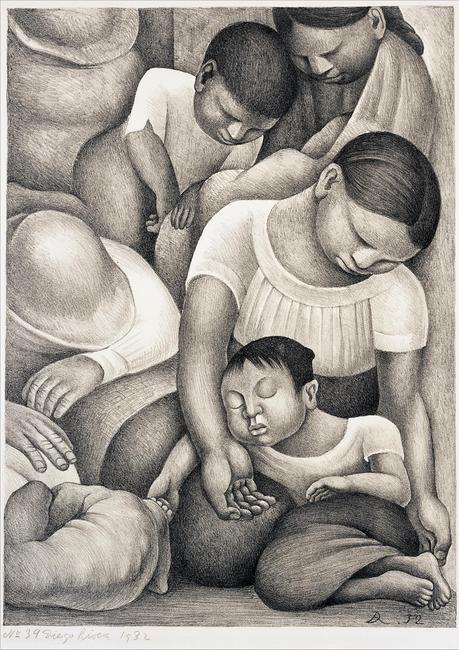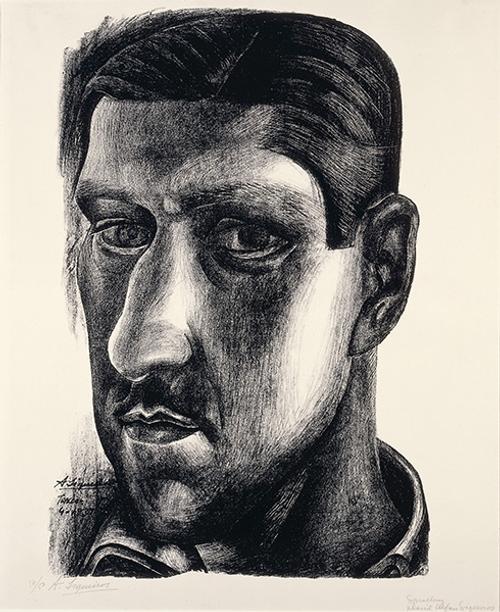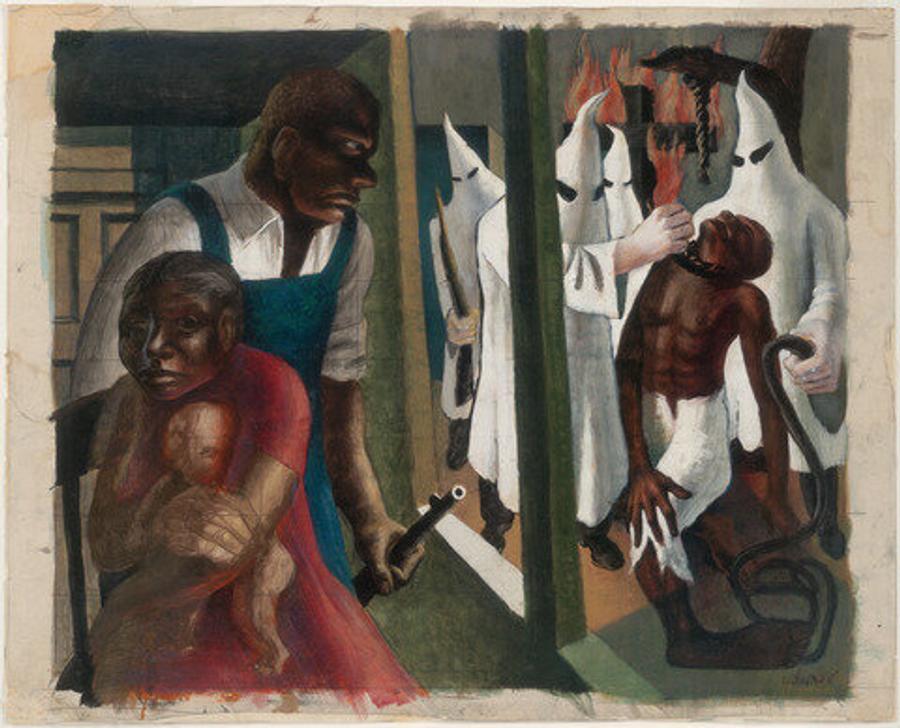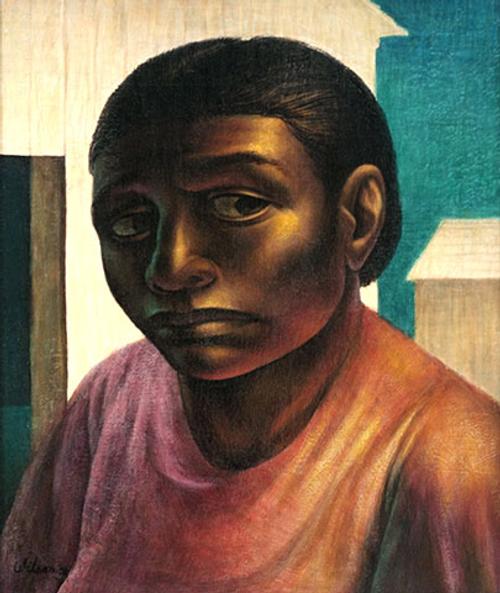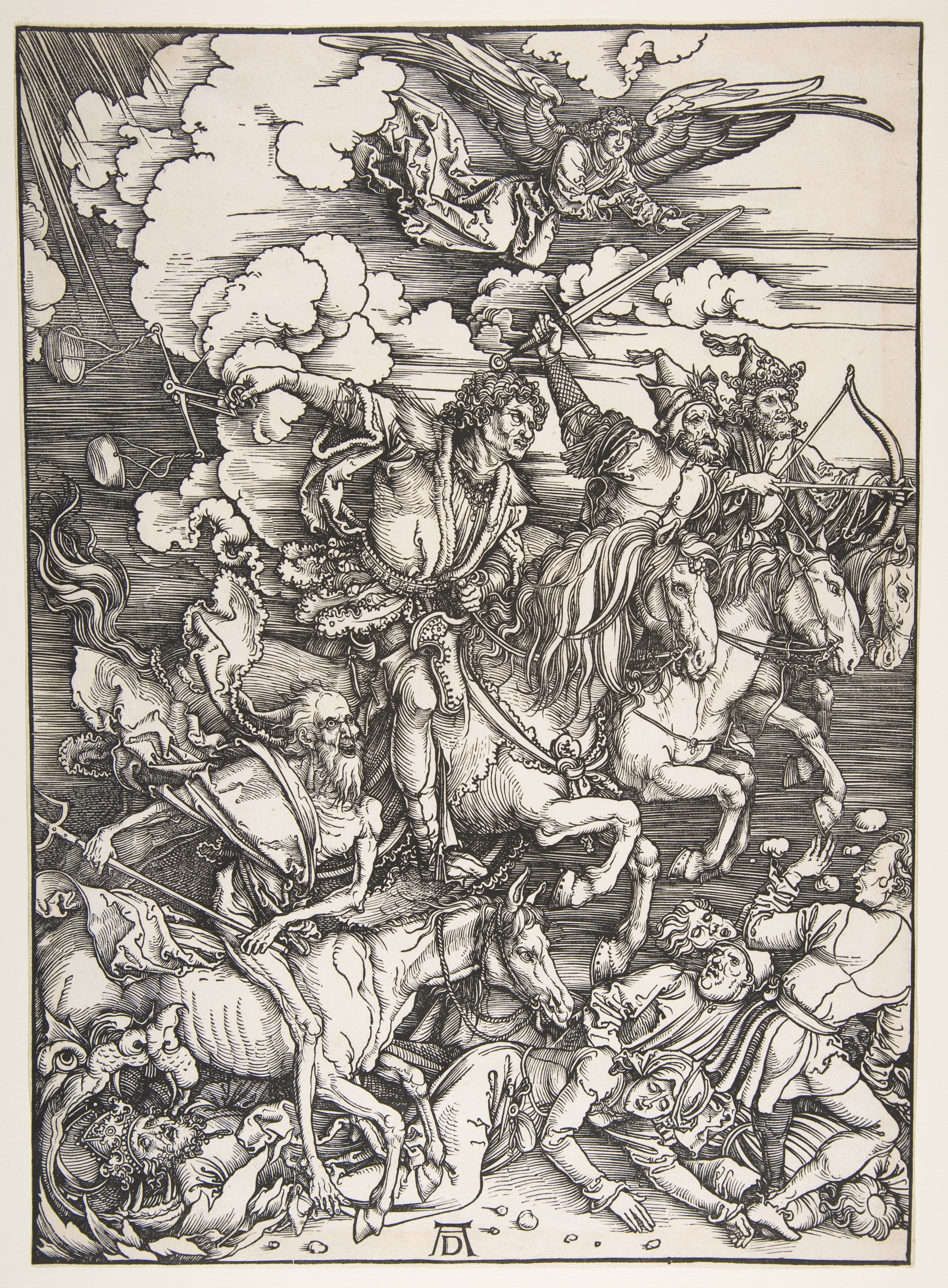The McNay Art Museum in San Antonio is offering a rare opportunity to see nearly all of the prints in its Permanent Collection by los tres grandes or “the three greats” of Mexican modernism–Diego Rivera, Jose Clemente Orozco, and David Alfaro Siqueiros. Los Tres Grandes: Obras de Rivera, Siqueiros y Orozcois on view in the Frost Galleries through January 3, 2021.
Mexico has the longest printmaking tradition in all the Americas—dating back to 1539. Spurred by the Mexican Revolution of 1910, the golden age of printmaking began in the 1920s and lasted through the 1940s. The great influence of the revolution reveals itself in the prints on view, ranging from Rivera’s heroic depiction of Emiliano Zapata, to Siqueiros’s exploration of sculpture in his large-scale lithographs, to Orozco’s condemnation of war. Through their monumental mural cycles, these three artists became the first Mexican artists to achieve worldwide fame.
A selection of artworks in the exhibition by the next generation of Mexican printmakers—the artists who founded the collaborative print workshop El Taller de Gráfica Popular (TGP) in 1937—illustrate the lasting influence of los tres grandes and include masterful lithographs and linocuts by Jesus Escobedo, Leopoldo Mendez, and Francisco Mora. Like “the three greats,” these artists continued to explore the history and aftermath of the Mexican Revolution.
“The McNay has one of the strongest collections of Mexican modernist prints in the world,” said Lyle W. Williams, Curator of Collections. “The Collection dates back to the late 1920s, when our founder Marion Koogler McNay purchased Diego Rivera’s painting, Delfina Flores.”
The museum’s commitment to Mexican art deepened over the last 66 years through a number of acquisitions, including a highly important group of prints produced at TGP in Mexico City, and the acquisition of duplicate prints by los tres grandes from the Philadelphia Museum of Art in 2000.
Los Tres Grandes: Obras de Rivera, Siqueiros y Orozco is organized for the McNay Art Museum by Lyle W. Williams, Curator of Collections.
